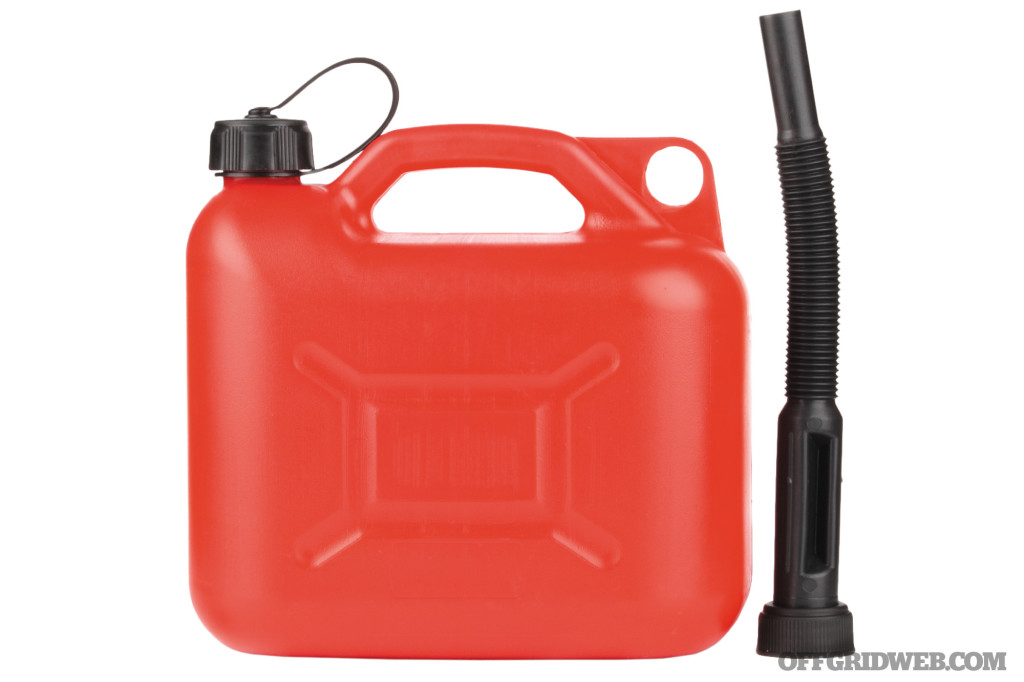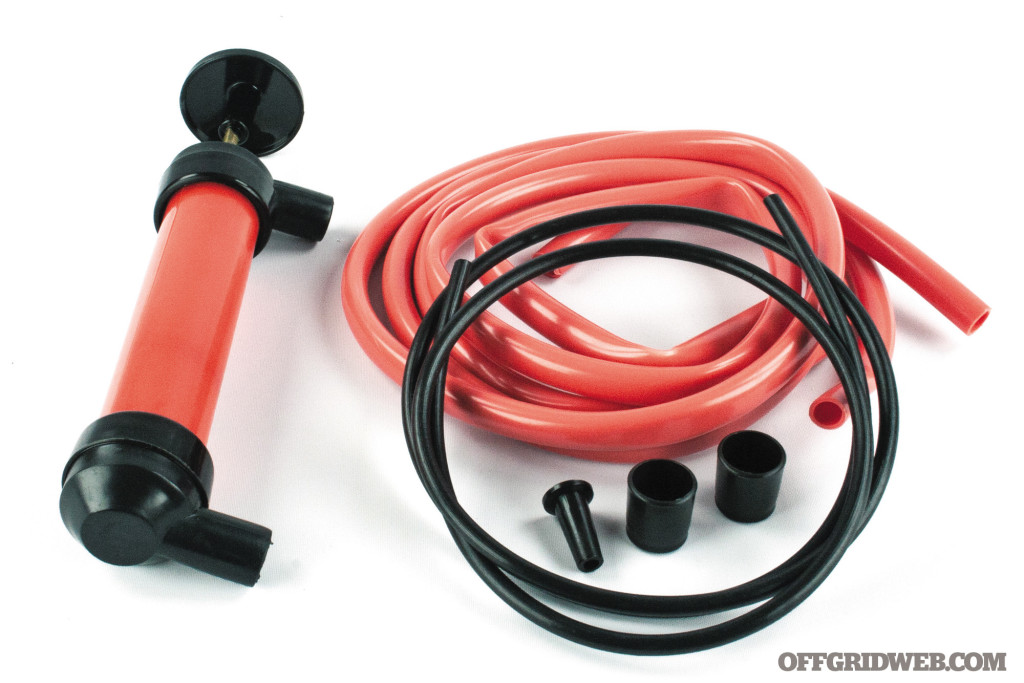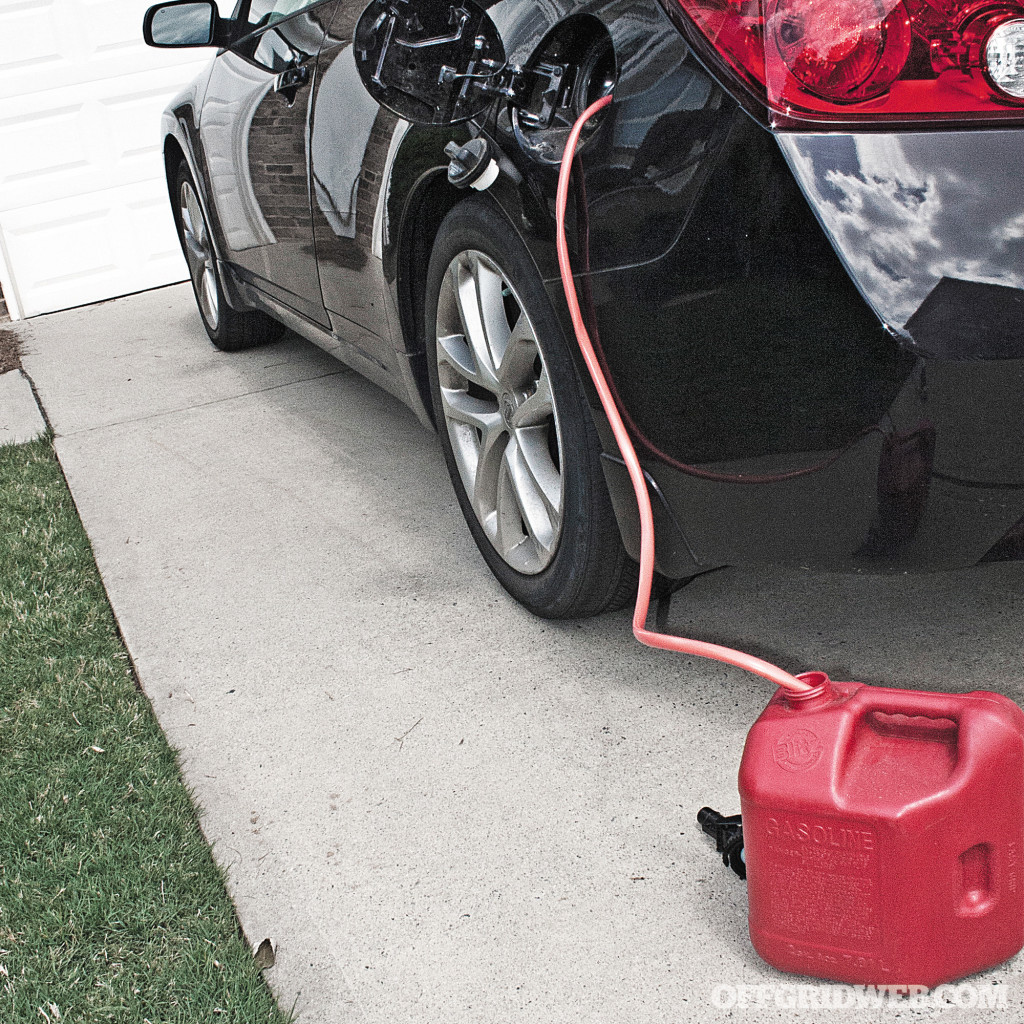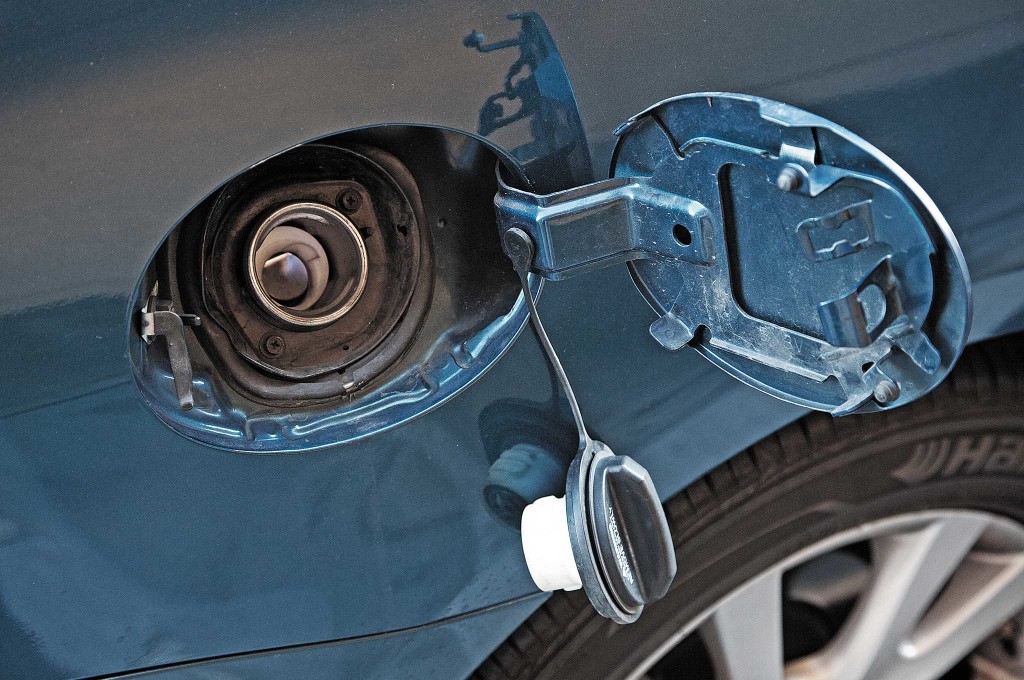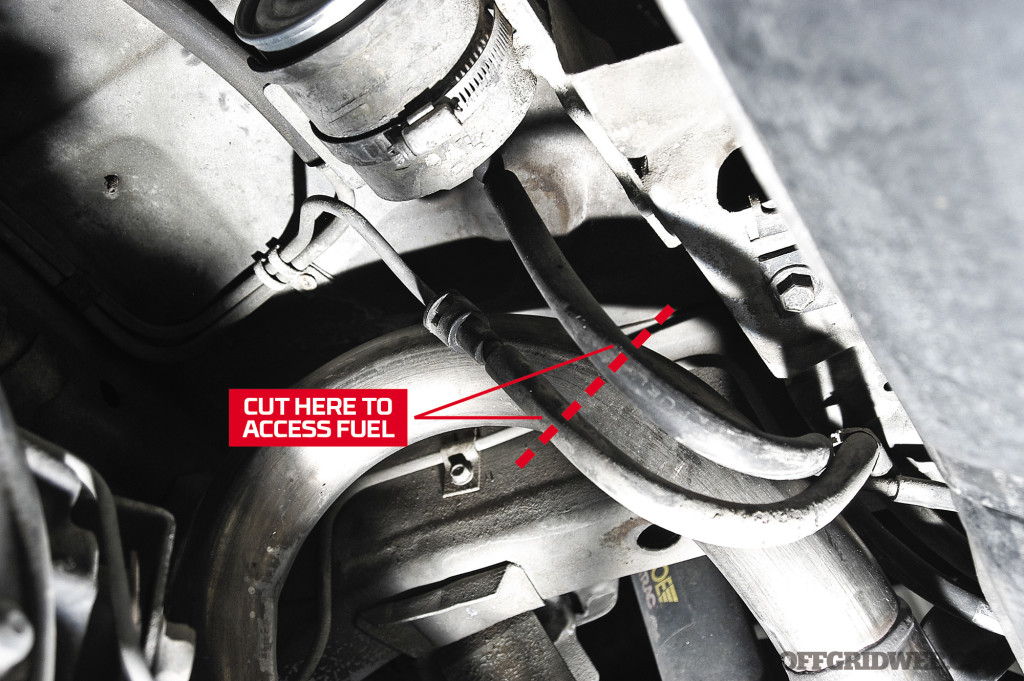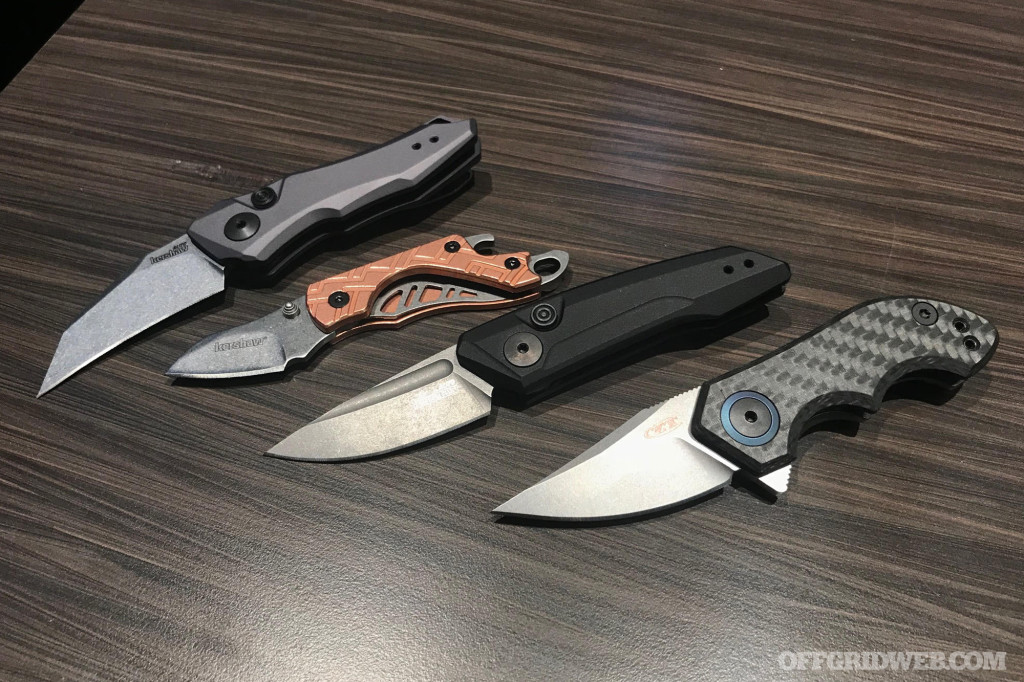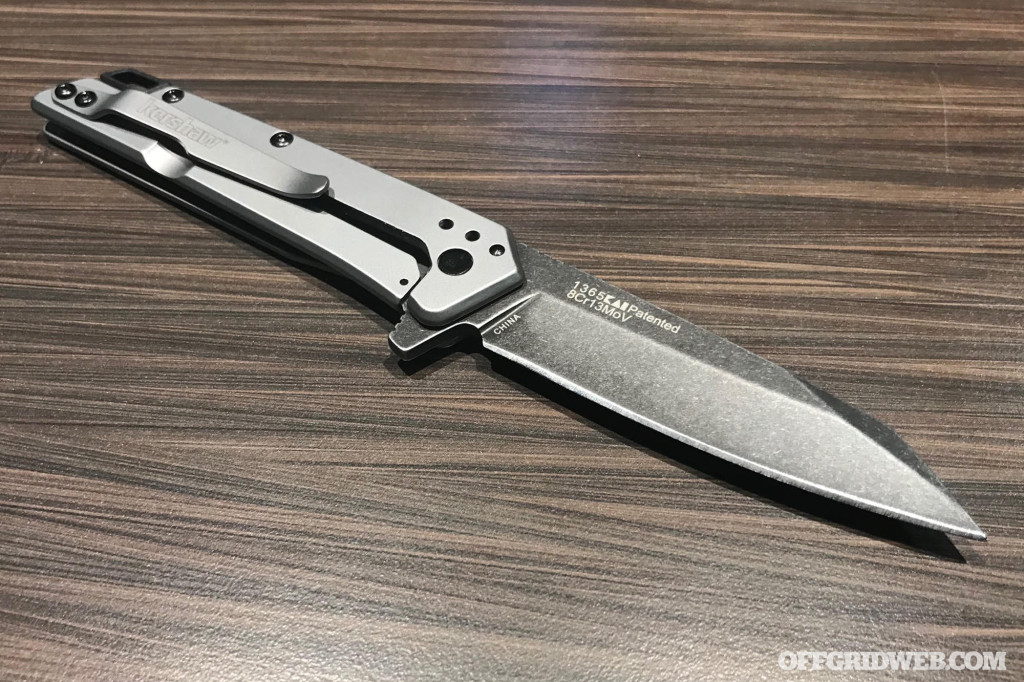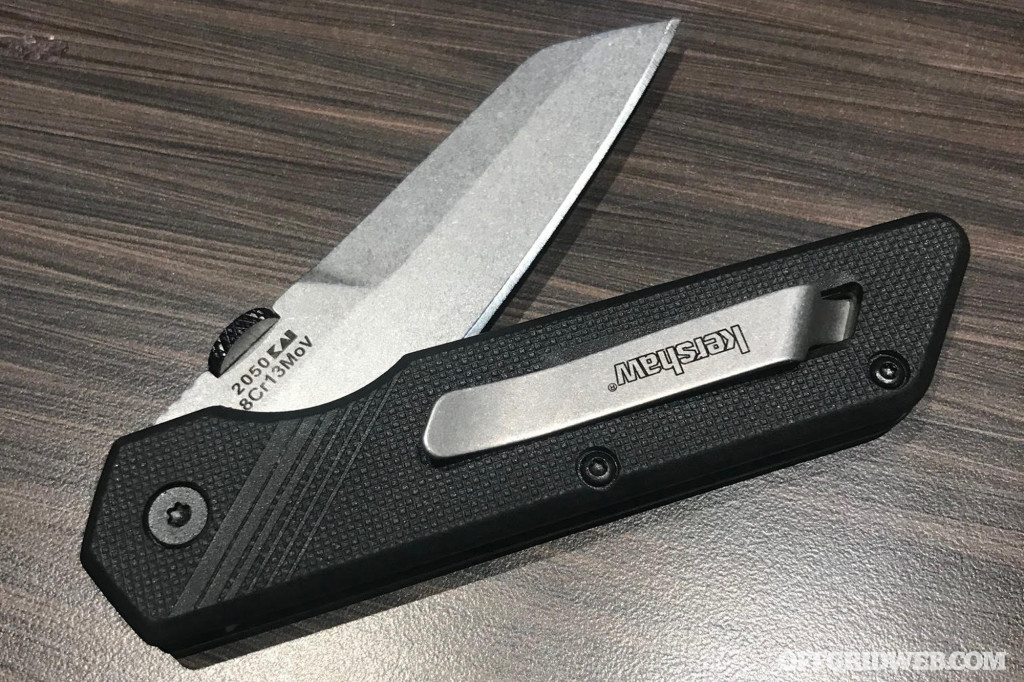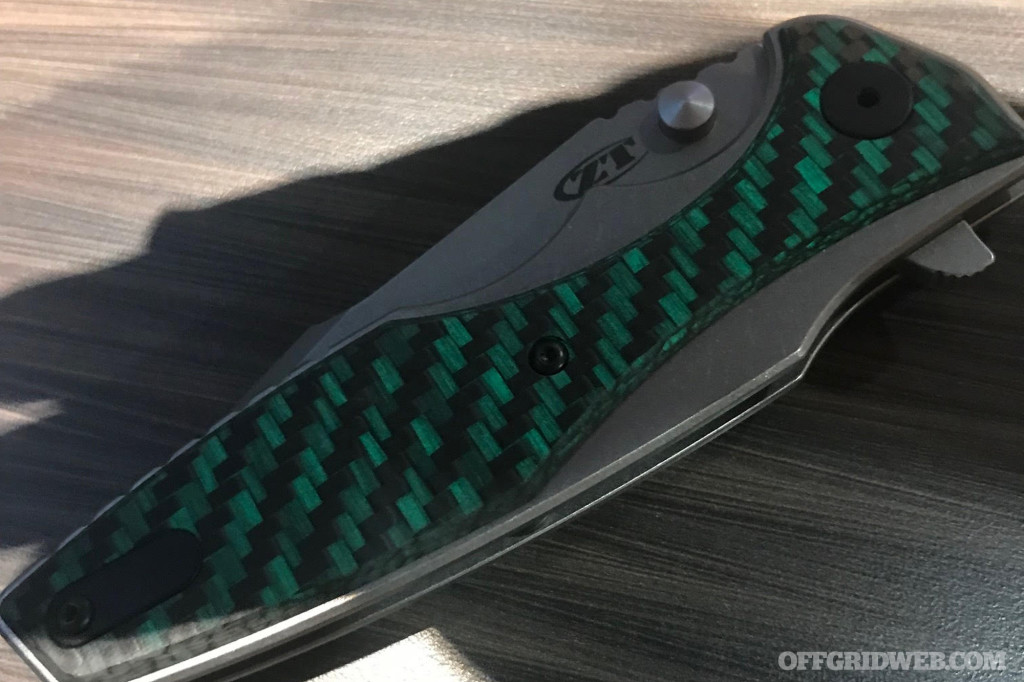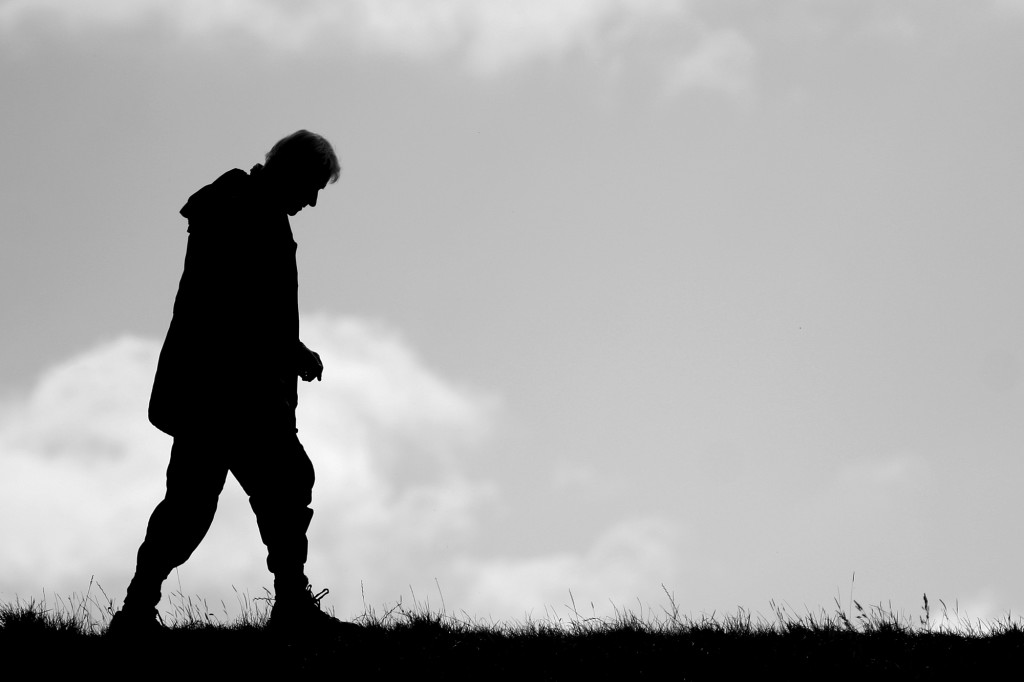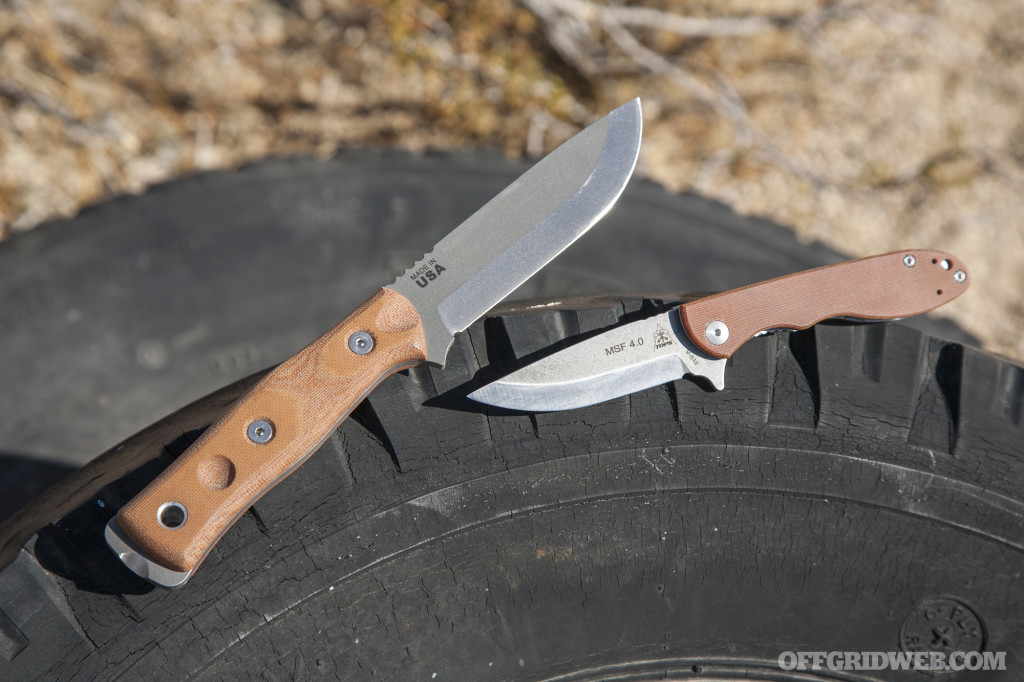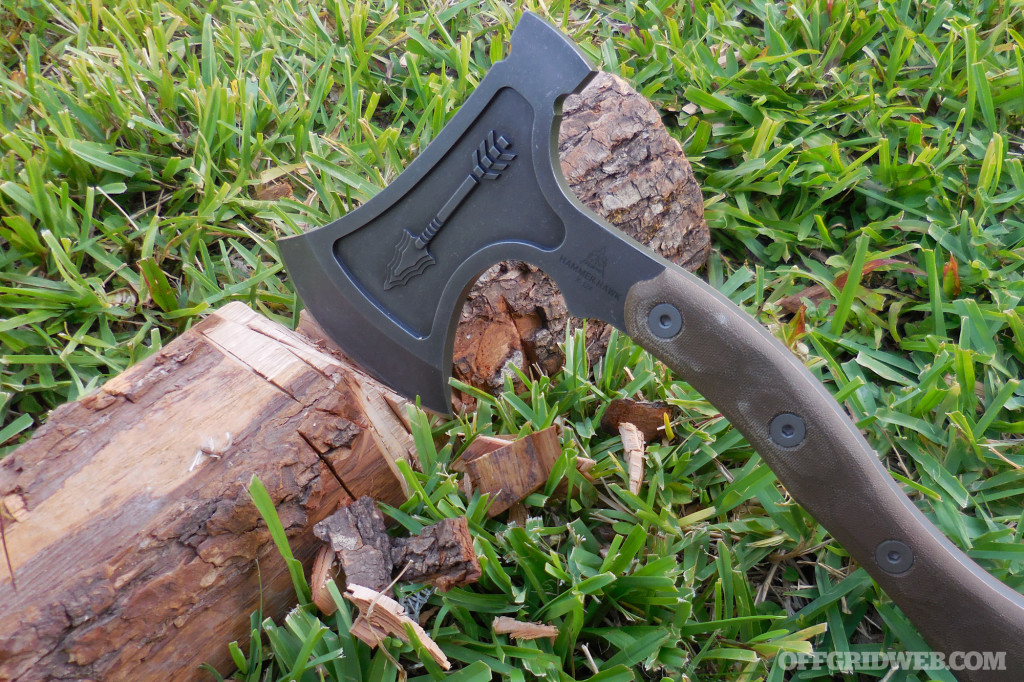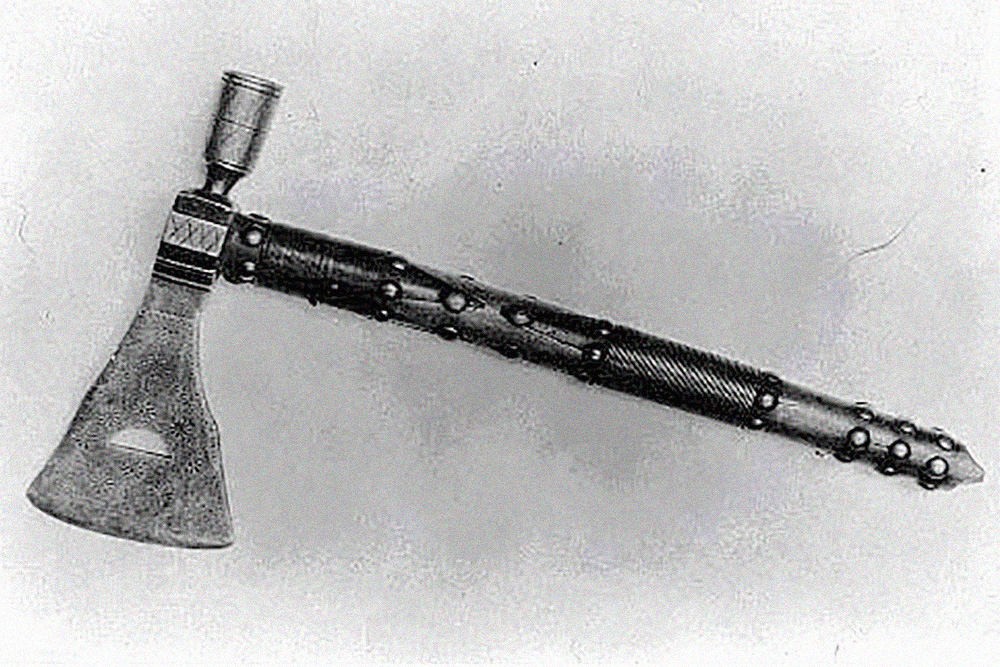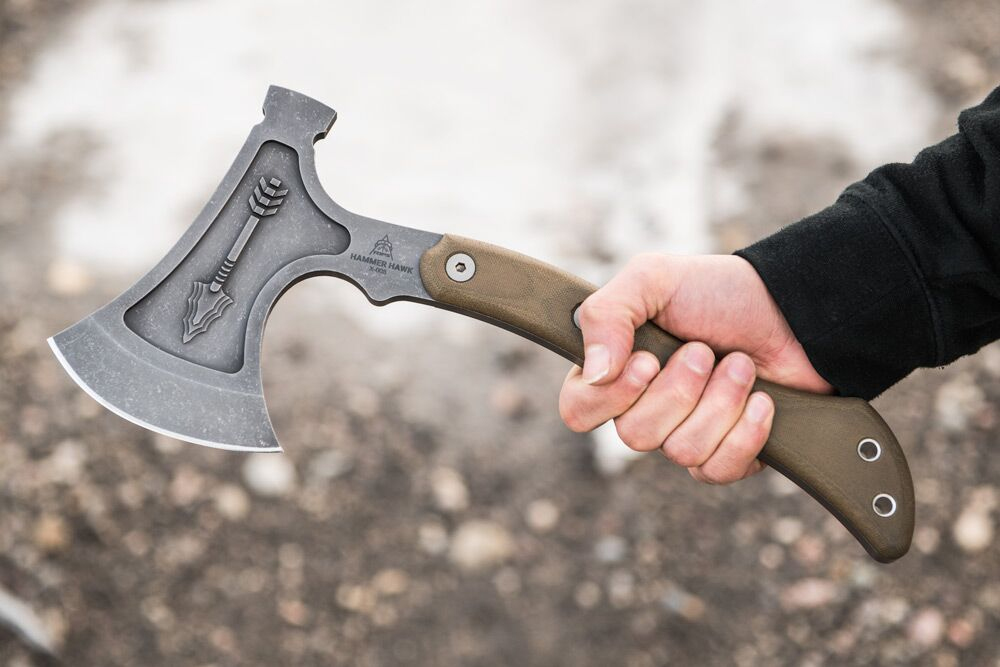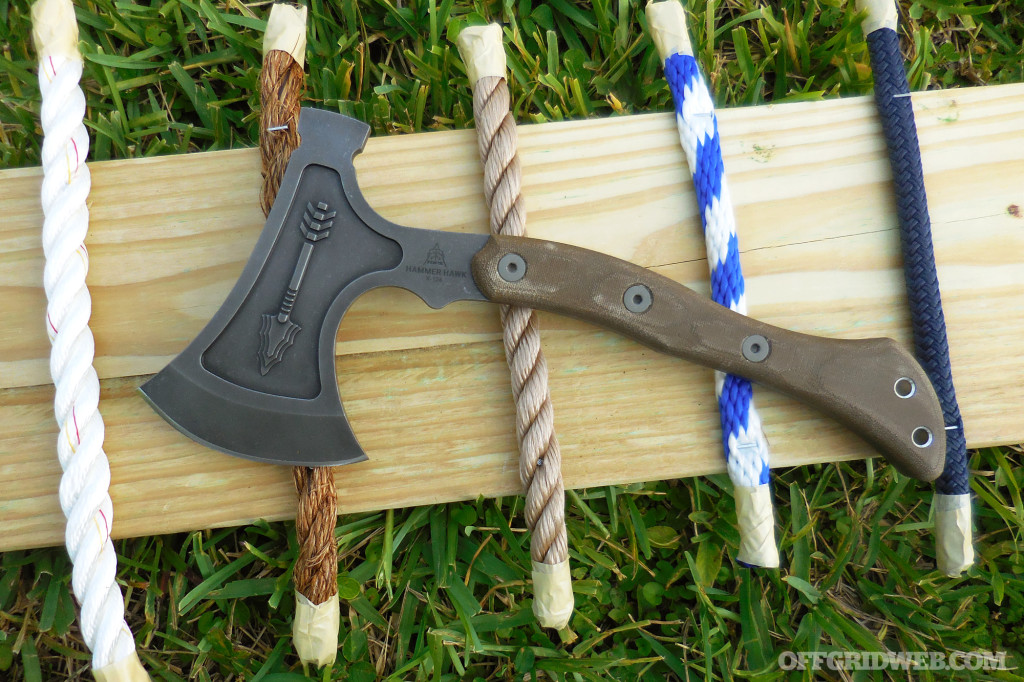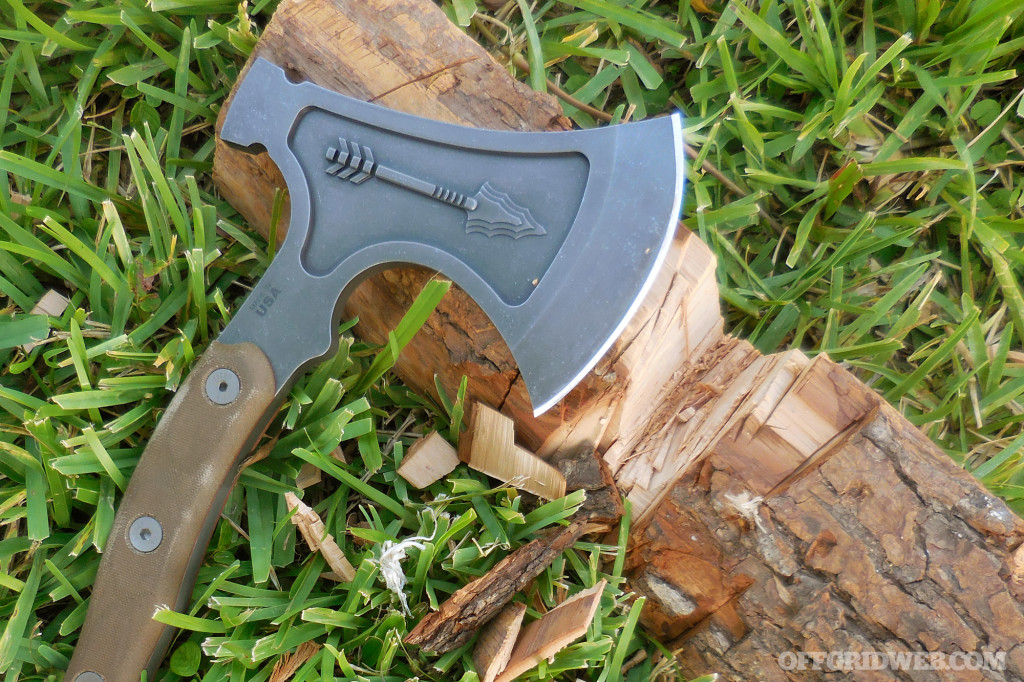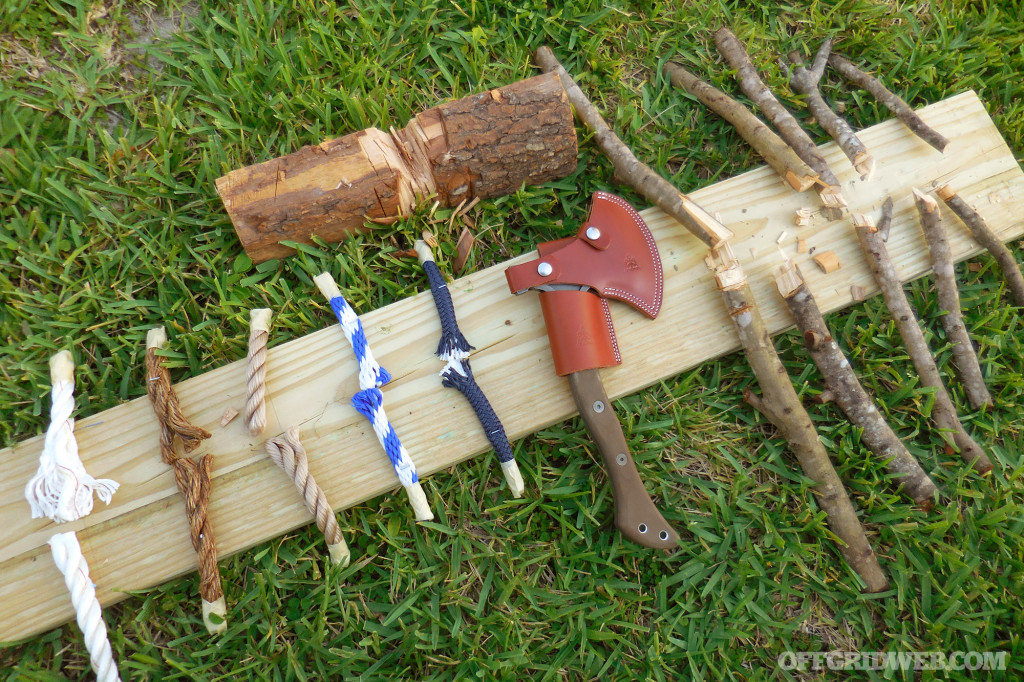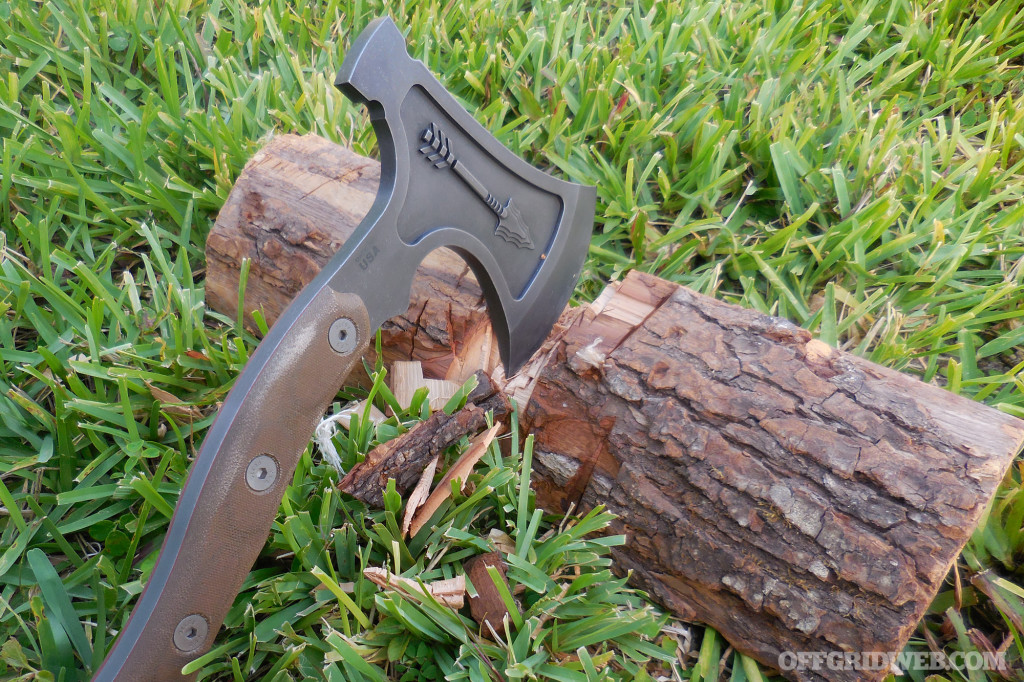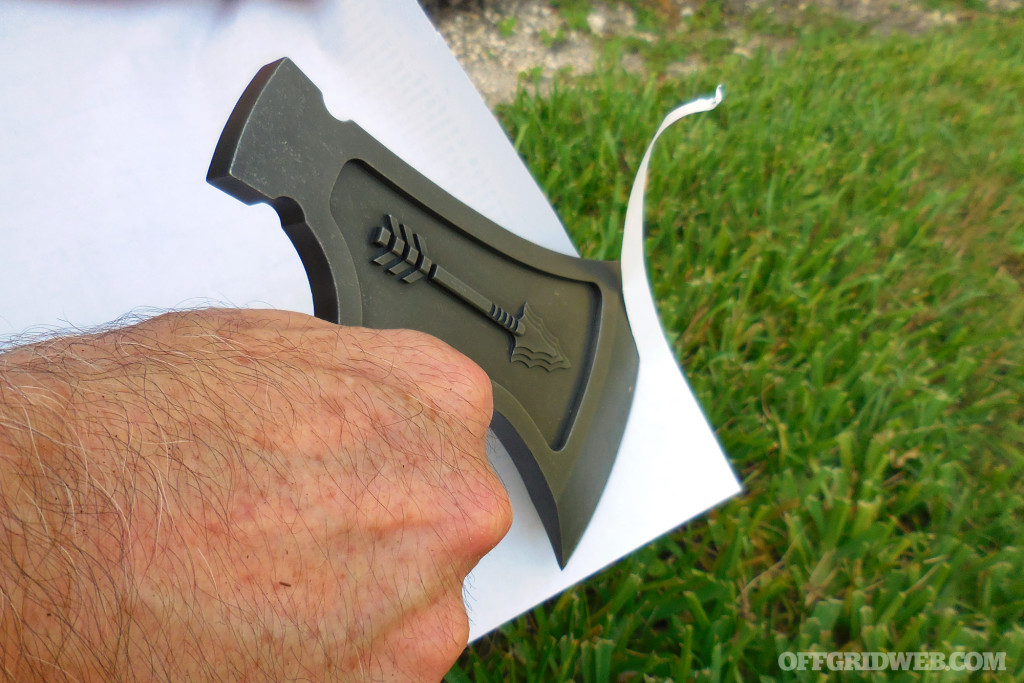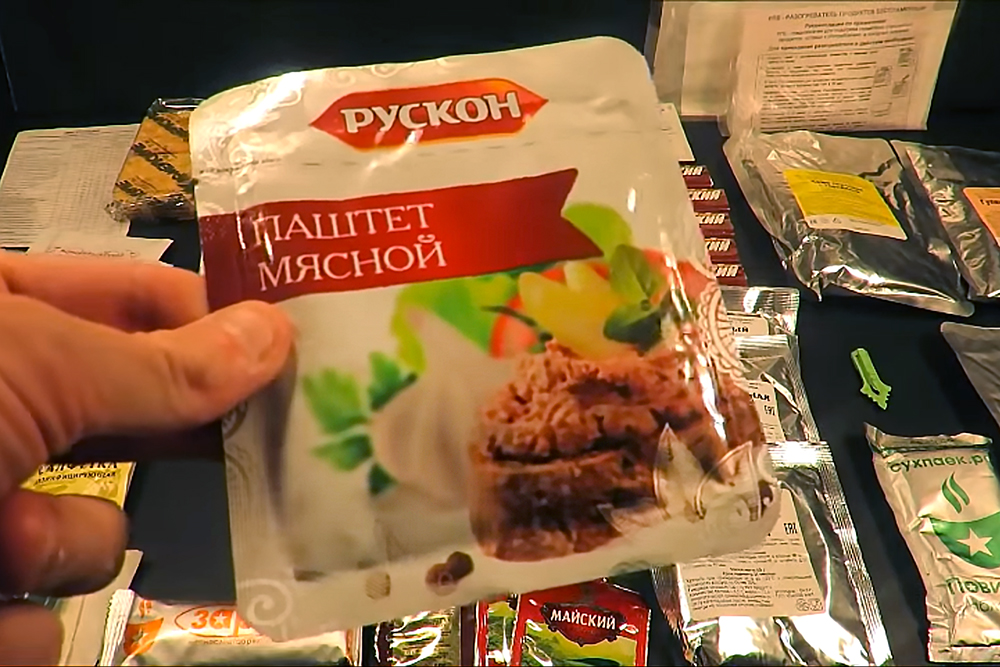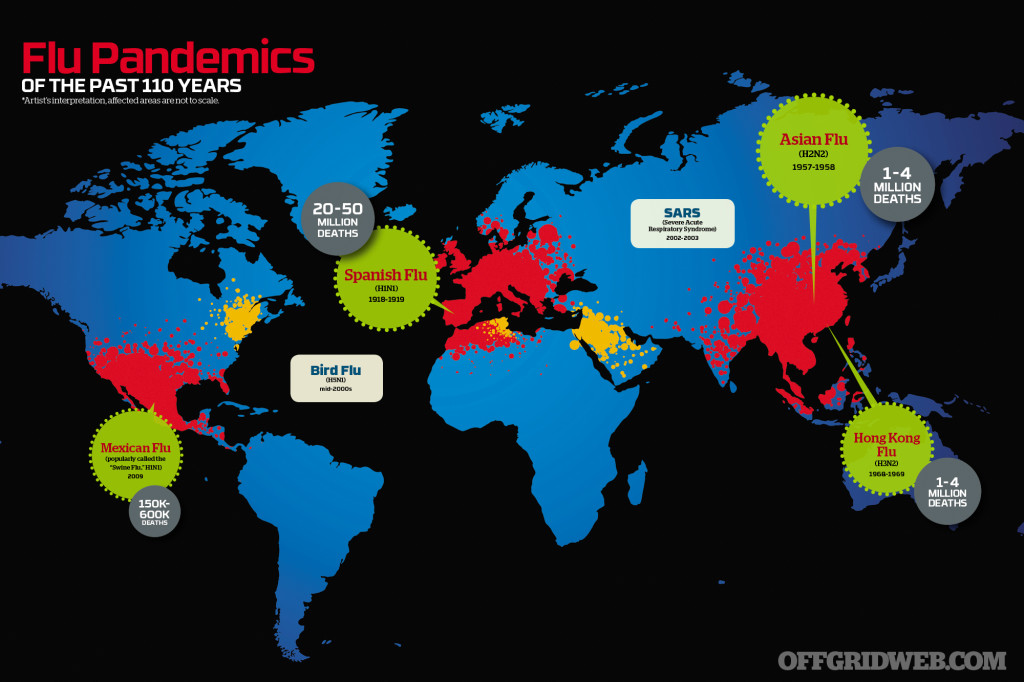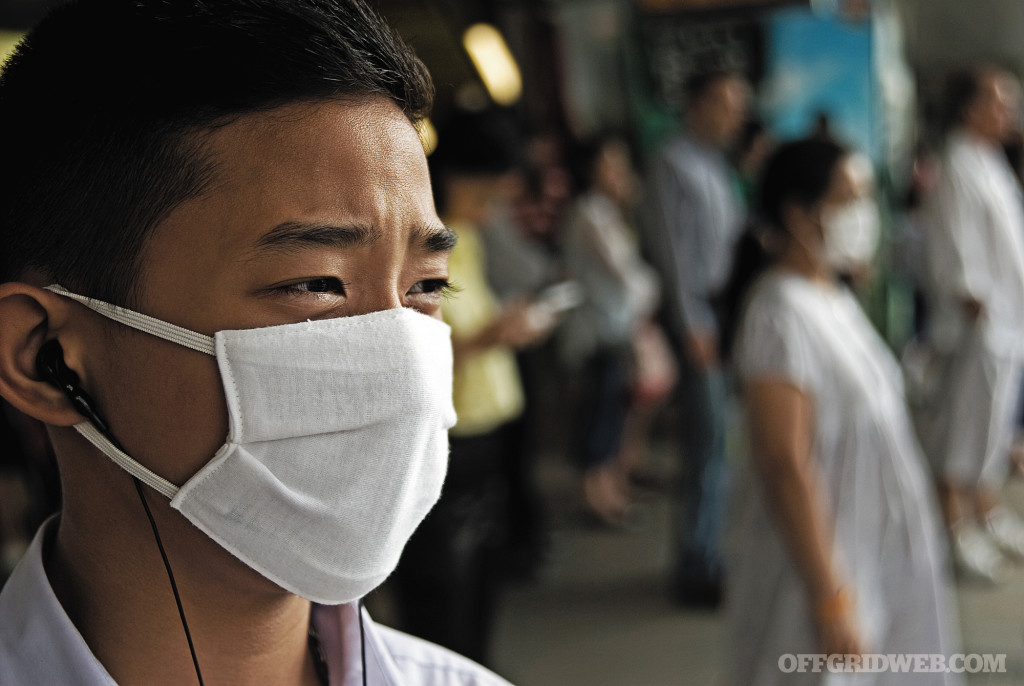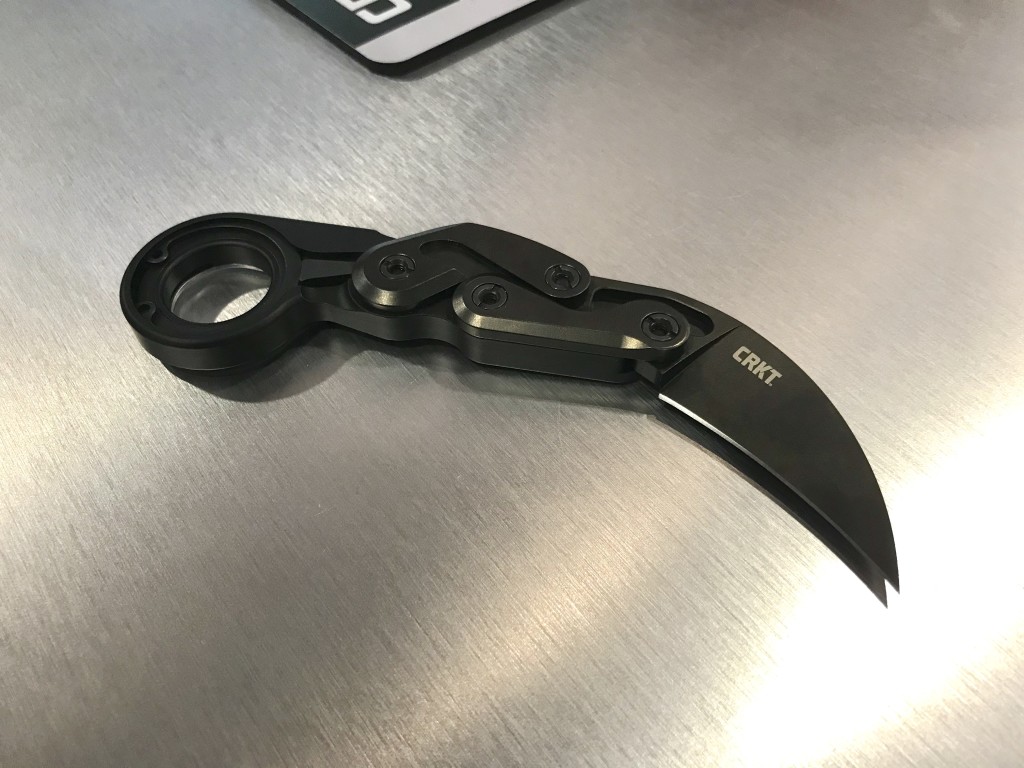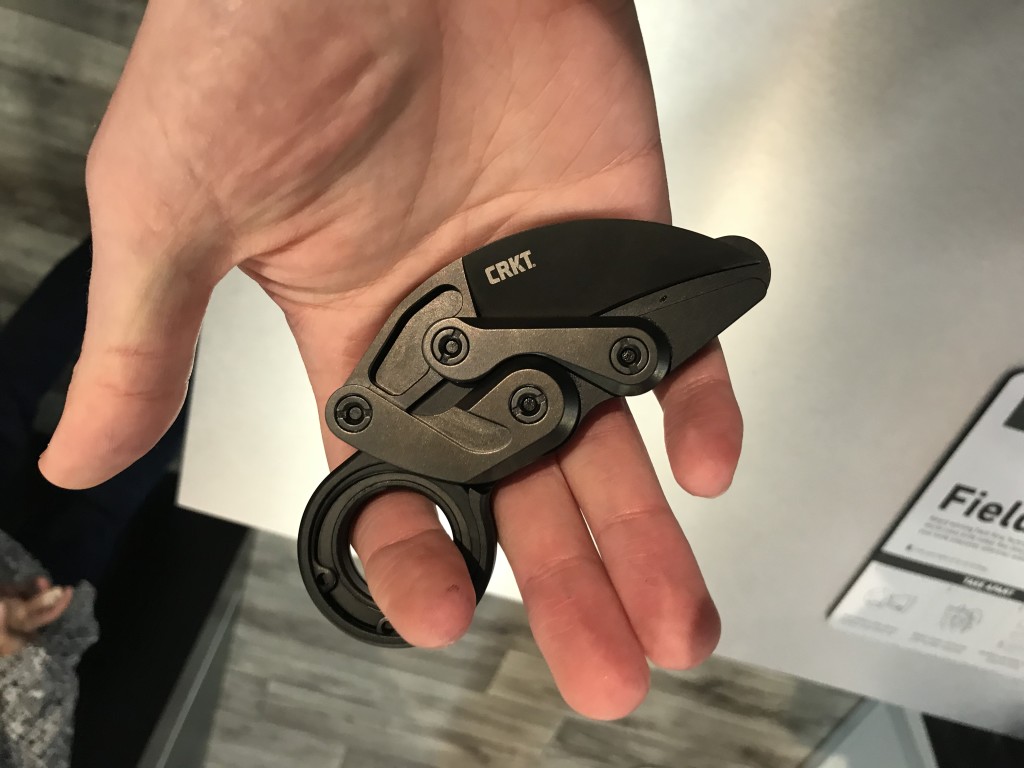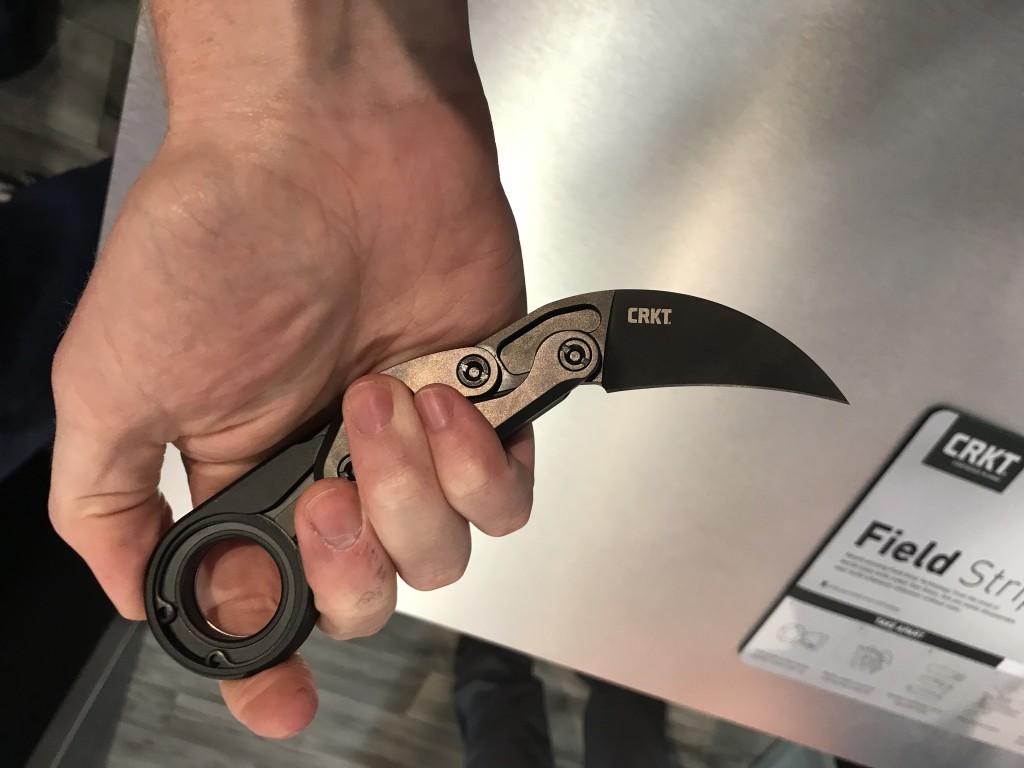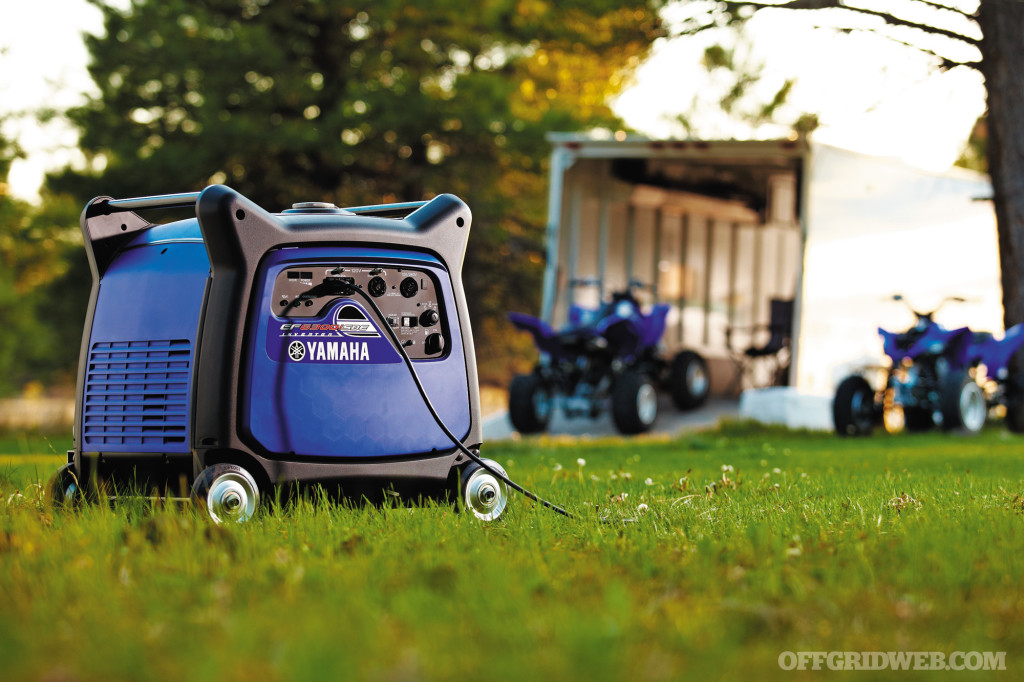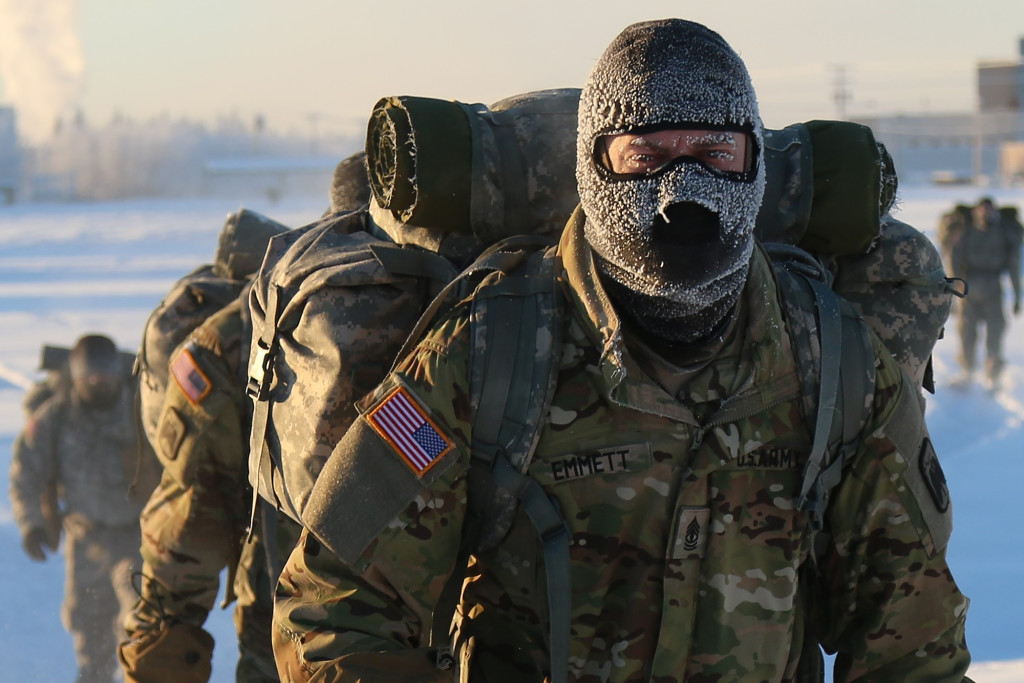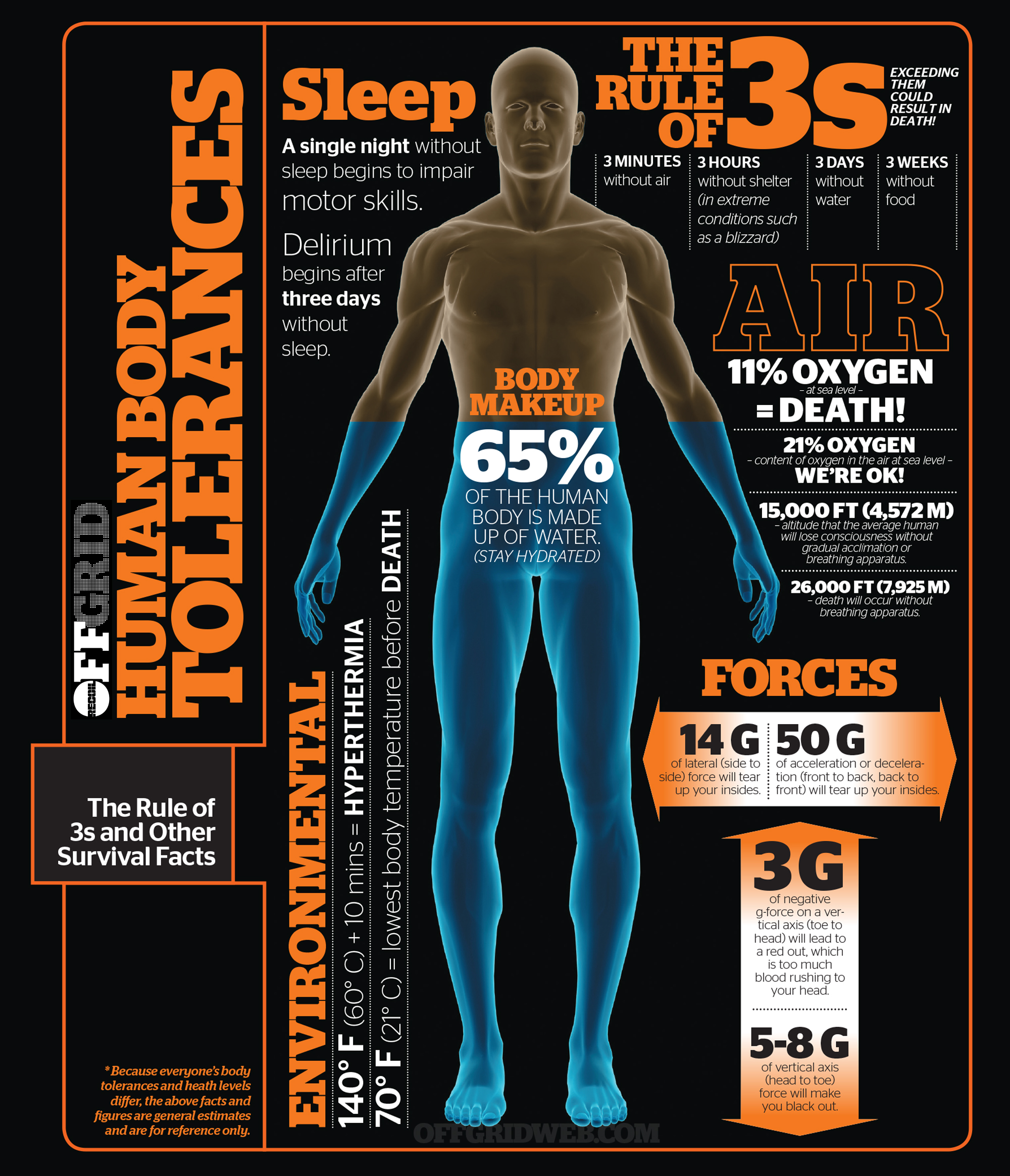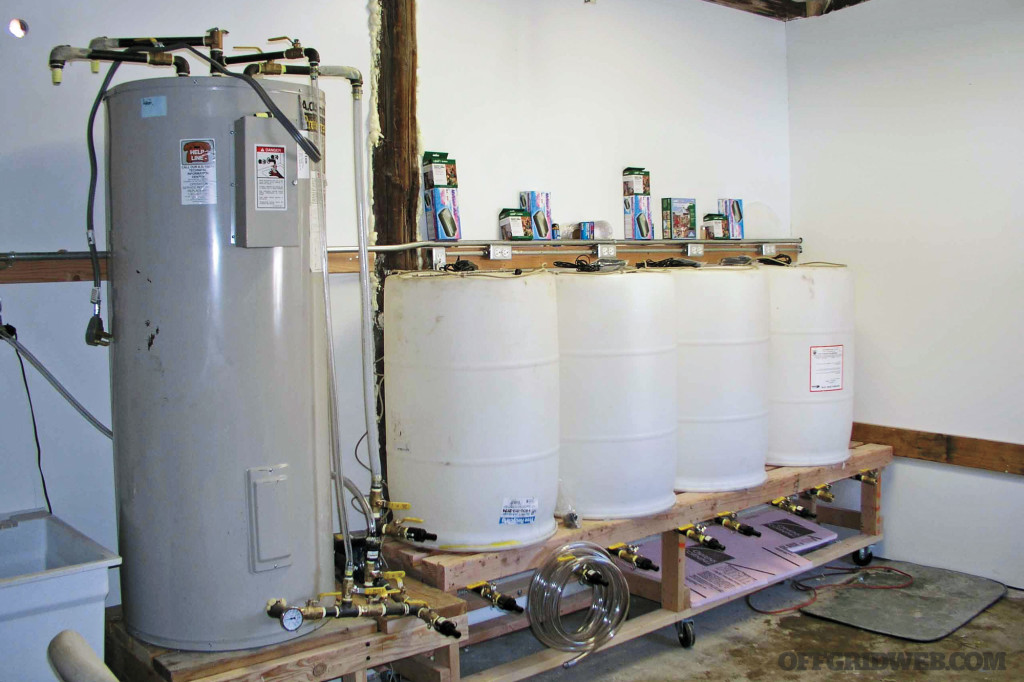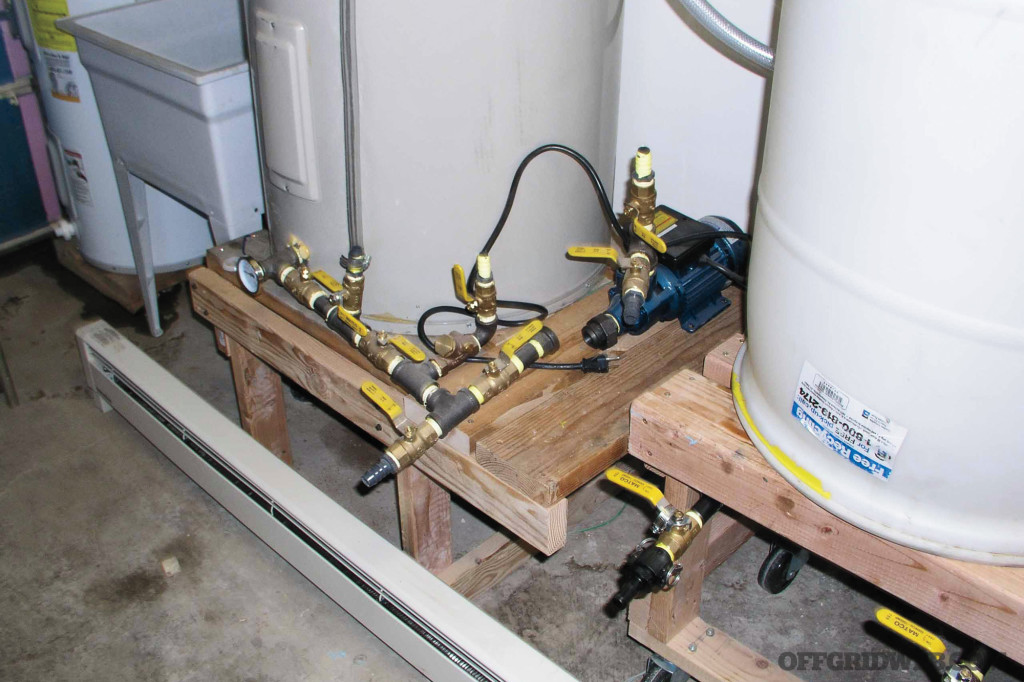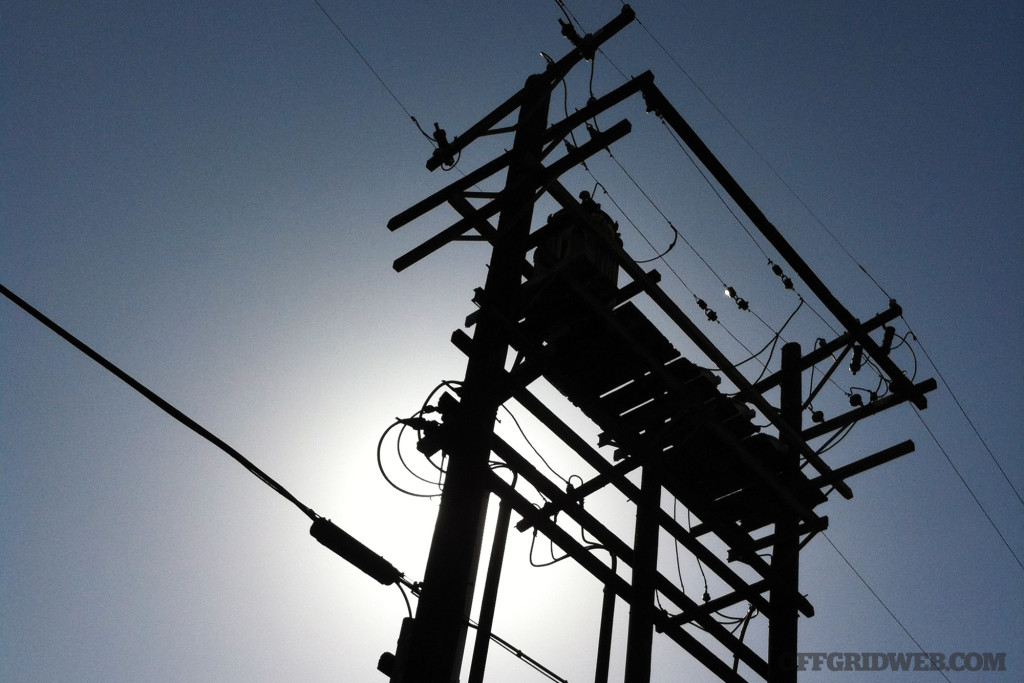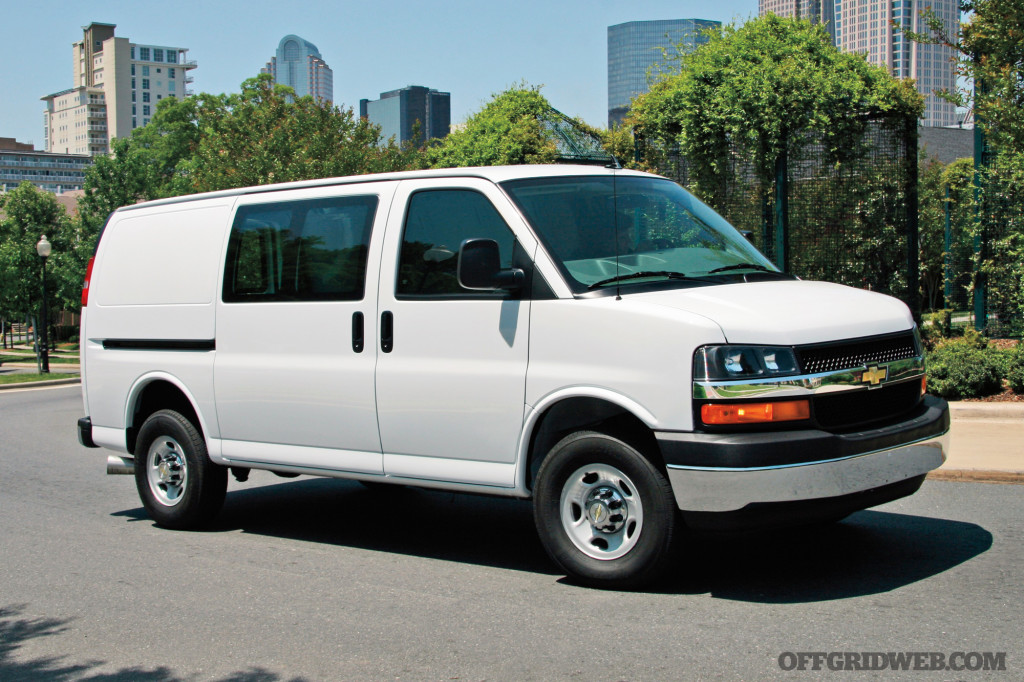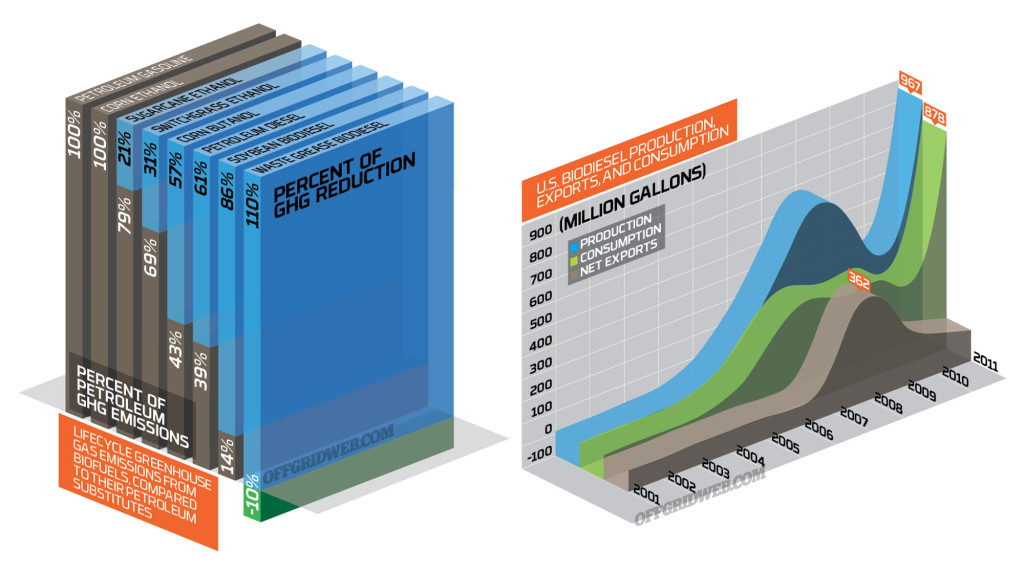This article was originally published in Issue 1 of our magazine.
WARNING: The content in this story is provided for illustrative purposes only and not meant to be a detailed guide on fuel transfer or vehicle repair. Any use of the information contained in this article shall be solely at the reader’s risk.
Urban preppers face many unique challenges that their rural cousins need not consider. Urban living has its perks for sure, but ample and adequate space to store certain items is not one. Things like food, water, and medical supplies are manageably stored in a closet or cupboard. Gasoline is not so easy to store if you’re eight floors up and hurtin’ for closet space.
If your plan is to “bug in,” your food and water stockpile can keep you comfortable for however long you’ve prepared to stay. But, what about when you have to bug out? How far can you go on what’s left in the tank of your vehicle? Is it far enough? How can you get the gas you need to go farther?
Here’s a likely scenario: You have to get mobile, and your car… well, let’s say you haven’t been as diligent as you should’ve about keeping it above the 3⁄8 mark. Your saving grace? You spot an abandoned car in a parking lot. You know chances are it has at least a little gas in it. Assuming the fuel hasn’t expired, it’s liquid gold. Now you just have to figure out the best way to get those tigers into your tank.
Suck It?
We’ve all seen it, someone sticking a hose into the gas tank and creating a siphon by sucking on it madly until they get a mouth full of 87 octane. Don’t do it. The whole idea is to survive — not to become a rotting corpse, collapsed in a heap, dead from either respiratory arrest, being eaten from the inside out by the petrol in your stomach, or suffocating because of a vapor-burnt esophagus.
There’s no need to put mouth to hose when there are plenty of other ways to appropriate gas. The easiest and most portable way is with a simple hand pump like the one pictured. There are a number of designs and sizes; any home improvement store or auto center will have a good selection.
Our advice? Get the smallest most packable siphon pump you can find, and keep it in your vehicle emergency kit. We chose an Arnold 490, mainly because of its size, but also because it comes with two different hoses: a large one for gas and a smaller one for Texas tea (oil, that is). It’s efficient, simple, and person-powered. All you do is hook a hose at each end of the pump; the in tube goes into the source tank and the out tube belongs in the gas can, car, or wherever you’re storing your bounty. Now, you’re ready to pump away.
Another source for a simple siphon pump is your local pet store in the aquarium section. Look for a hand-powered aquarium vac. Instead of pumping out fish poop-laden water, it’ll be suckin’ up gas. It’s also a bonus that they come with the clear tubing, so you can see that it’s actually gas you’re getting.
It’s Never As Easy As It Should Be
Chances are it won’t be as easy as sticking a tube into the gas tank and pumping away. In general, car companies consider the filler tube a one-way street. They make it easy to put gas in, but frown on the ability to take it out.
Several late-model cars have one or more devices to discourage the transfer of fuel out of the tank. The first line of defense you’ll need to get around is the lockable filler door and/or filler cap. Without going into too much detail, the only way past them may be the brute force required to pry, pick, and break your way past the doors and locks.
Now that you have access to the filler tube, you notice there’s a little flapper thing covering the top of the filler tube. Sure, the siphon hose will push it aside as it goes in, but much like Chinese finger cuffs, the more you try to pull the hose out, the more the flap pinches it. Be prepared to use your screwdriver to push the flap up when taking the hose out.
Now that we’ve dealt with the easily-beatable first lines of defense, a much more defiant adversary awaits. If you start to feel some resistance as you put the hose down into the tank, chances are you’ve hit one of two things: an anti-siphon screen or an anti-siphon valve.
The anti-siphon screen is merely a piece of perforated metal that prevents anything solid from going into the tank. That’s easy enough to get around. All you need to find is a long enough screwdriver or any sturdy stick thin enough to fit on the tube and long enough to hit the screen with room to spare. You can guess what happens next; you’re going to use what you have to break the screen. Caution! Gas vapor is extremely flammable, so using a metal rod to puncture the screen may cause sparks, followed by a flash, followed by you doing an impression of the human torch. Again, the object is to survive, so common sense should be applied abundantly.
The Anti-Siphon Valve
If there’s still resistance while pushing the hose down the filler tube, then you’ve most likely come across an anti-siphon valve. Though exact designs vary with manufacturers, the most basic and efficient valve is a simple ball valve. Push against it, and it closes the filler tube. When gas is flowing it floats up, and the gas gets to the tank.
So, how do you get through the anti-siphon valve? Short of disassembling the filler tube, you can’t go through the valve. Instead, you’ll have to go around. The easiest but least comfortable way is to climb under the car, and if it’s a polymer tank, drill into it with the battery-operated drill you always have with you.* What? A cordless drill isn’t part of your bug-out bag. No worries, it’s not in ours either. So, how do we tap that gas?
*Note: Never attempt to drill a hole into a metal fuel tank with a metal drill bit. Sparks from a bit and from the electric motor may ignite fuel vapors in the tank, causing explosion and death.
Since you’re always prepared, your multitool has various ways to create holes in the tank. Depending on the tool, you can use an awl, a corkscrew, a screwdriver, or a knife to get into the tank. Basically, any sharp pointy object can be used to work or punch your way in. Remember these tanks are designed to withstand a good amount of damage before being punctured. Any method of putting a hole in the tank is going to require a little muscle and a lot of patience.
If you’re so inclined, an alternative method to get around the anti-siphon valve is to attack the tank from the other end. This requires you to be a little more mechanically adventurous. You’ll need to find the fuel line coming out from the tank to the engine. You’ll see that it’s attached to the tank with a metal clamp. With the pliers on your multitool, remove the clamp and, bingo, you’re in. Put the siphon hose where the fuel line was and away you go. If you found the keys to the car, you can crank the ignition with this hose disconnected to let the fuel pump force fuel through the hose.
It’s worth noting that not all of these methods work on all models of cars. It’s easier to get gas out of some cars (especially pre-1990s models) than others. If you have time you may need to exercise some creativity to get what you need. It’s important to remember, however, the longer you’re trying to figure it out, the longer you’re not moving forward. Moving on to easier pickins may be the best option. Needless to say, the essence of functioning effectively in any emergency or crisis is being prepared to adapt and overcome.

